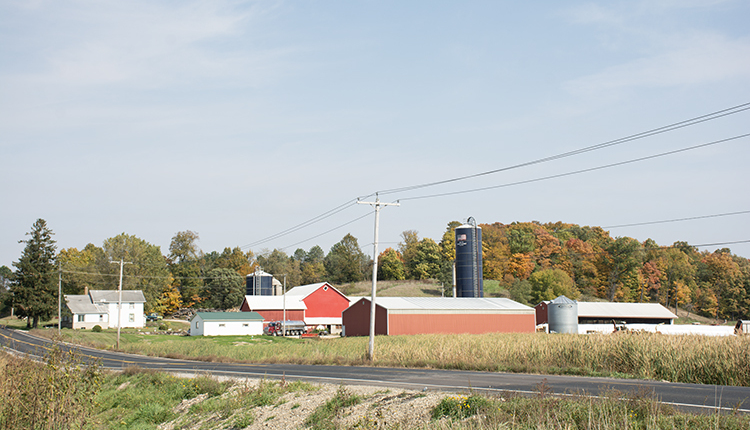
Public sentiment – domestically and internationally – continues to grow about the need for industries and companies to take more actions to protect Earth’s natural resources and be more transparent with their environmental impact reporting.
Measurement and transparency are not new concepts to the U.S. dairy industry, which was the first in the food and agricultural sector to conduct a full life cycle assessment (LCA) on a national scale in 2008. This industry-wide effort was led by the checkoff-founded Innovation Center for U.S. Dairy and included a team of 15 subject matter experts from leading institutions evaluating the effect of fluid milk production on the environment.
Their findings, which were reviewed by academic experts and dairy industry leaders, estimated that dairy accounts for approximately 2% of total U.S. greenhouse gas (GHG) emissions, 5.1% of water use, and 3.7% of farmland.
Updated numbers on the way
The LCA has served us well in demonstrating the minimal environmental impact of dairy compared to its immense value as a source of human nutrition. Still, attention on the climate has continued to raise expectations of action by all sectors, and global GHG reporting guidelines have changed since 2008. A robust examination using the latest science and reporting metrics is needed to support progress toward the industry’s collective 2050 GHG neutrality goal and set the baseline from which GHG reductions are calculated going forward.
I’m pleased to share that there are two new LCA-focused projects being led through the Innovation Center for U.S. Dairy. One will focus on field and farm, and the other examines processing. The goal is to have these analyses published in a scientific journal next year. The results will be combined into one LCA that spans from the field to the processor.
We feel this regionally representative LCA will be the most comprehensive that any agriculture group has conducted to date. The updated LCA methods are cutting edge and consistent with global GHG accounting and reporting frameworks, such as the International Organization for Standardization, International Dairy Federation, and GHG Protocol. This approach will elevate U.S. dairy’s reputation and credibility as being part of the global sustainability conversation.
The LCA analysis is a critical piece to the broader GHG roadmap the industry is creating. Think of the roadmap as a tool to show farmers and dairy companies what is possible for U.S. dairy using today’s technologies. It is not a mandate aimed at farmers, but rather a national, big-picture assessment designed to illustrate potential pathways of progress and identify gaps in research and knowledge, while recognizing opportunities on our journey of continuous improvement.
Peer-reviewed scientific research such as the LCA grounds dairy industry decisions around sustainability. It also informs the development of best practices and helps establish goals and measure accomplishments for every segment of the dairy value chain.
We’re confident this work will meet the growing expectations our industry faces and elevate U.S. dairy’s reputation as a major player in the global sustainability conversation, and we are excited to continue our leading role on environmental sustainability.






